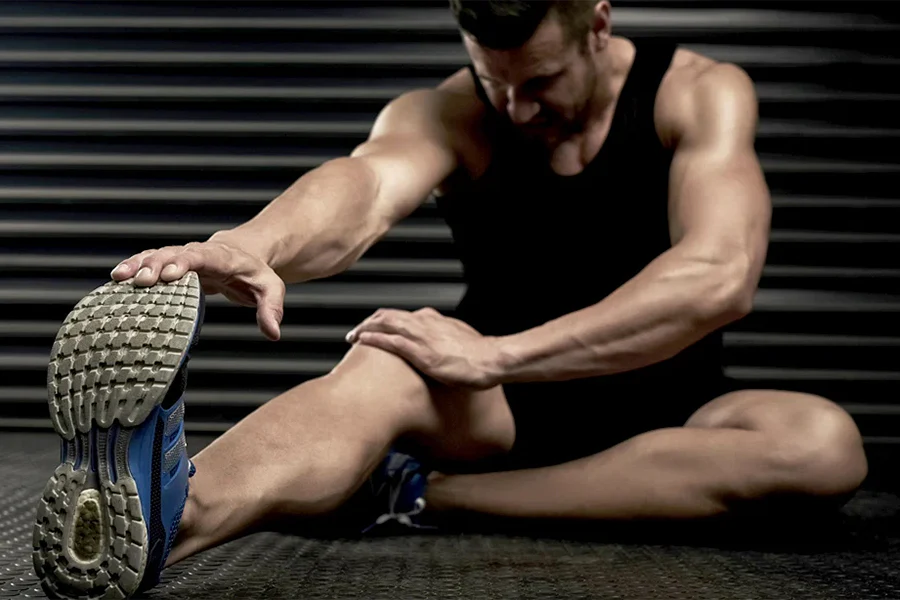
Essential Post-Workout Routines: Maximizing Recovery & Performance Gains
Post-workout recovery is crucial for muscle repair and growth. A well-structured recovery routine combines breathing techniques, proper cool-down, nutrition, and targeted tools to optimize your fitness gains.
- Breathing Techniques for Recovery
Box Breathing Method:
- Inhale for 5 seconds
- Hold for 5 seconds
- Exhale for 5 seconds
- Hold for 5 seconds
- Repeat for 3-10 minutes
Cyclic Sighing:
- Take two quick inhales through nose
- Long exhale through mouth
- Practice for 5 minutes
- Effective Cool-Down Protocol
Stretching:
- Target worked muscles
- Hold stretches 15-30 seconds
- Focus on major muscle groups
Foam Rolling:
- Roll each muscle group 1-2 minutes
- Target sore areas
- Improve blood flow
- Post-Workout Nutrition
Essential Components:
- 20-30g protein within 30 minutes
- Adequate hydration with electrolytes
- Complex carbohydrates
- Healthy fats for inflammation reduction
- Recovery Tools
Key Equipment:
- Ab roller for core mobility
- Wrist roller for forearm recovery
- Knee wraps for joint support
- Tricep rope for upper body
- Ankle straps for lower body
- Elbow wraps for joint protection
- Barbell squat pad for comfort
- Hydration Guidelines
Daily Requirements:
- 8-10 cups of water minimum
- Increase intake for intense workouts
- Monitor hydration levels
- Consider electrolyte supplements
- Mobility Work
Essential Practices:
- Use resistance bands for dynamic stretches
- Incorporate daily mobility exercises
- Focus on tight muscle groups
- Maintain consistent routine
Recovery Time Guidelines:
- Light workouts: 24 hours
- Strength training: 48-72 hours
- Intense sessions: Up to 72 hours
- Listen to body signals

Man performing quad stretch exercise
Remember to adjust recovery protocols based on workout intensity and individual needs. Consistent implementation of these strategies will lead to better performance and reduced muscle soreness.
[Rest of images maintained as in original article]
Related Articles

The Ultimate Guide to Lifting Belts: When Do You Really Need One?

